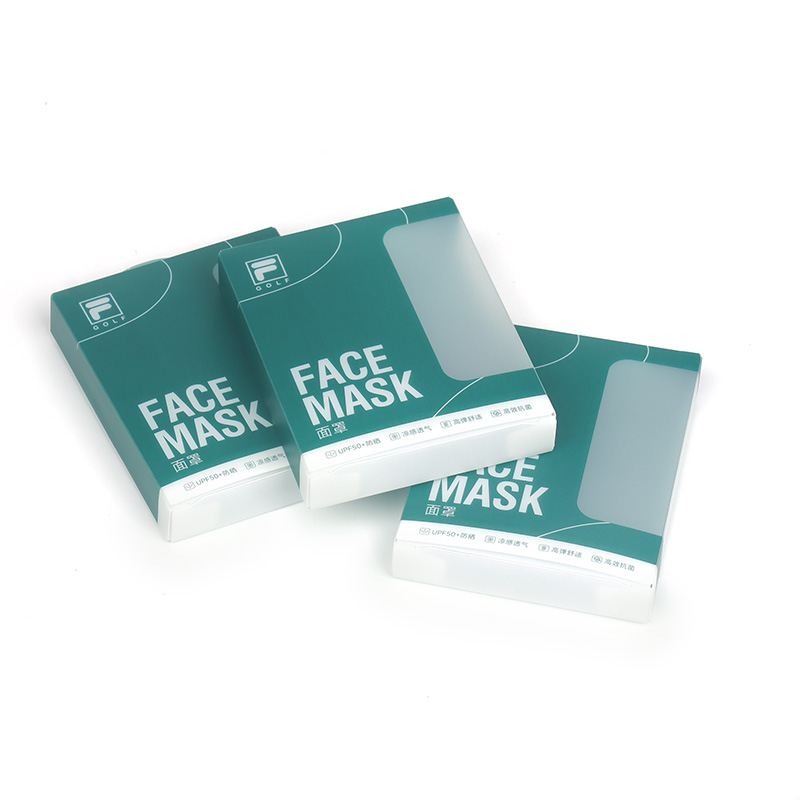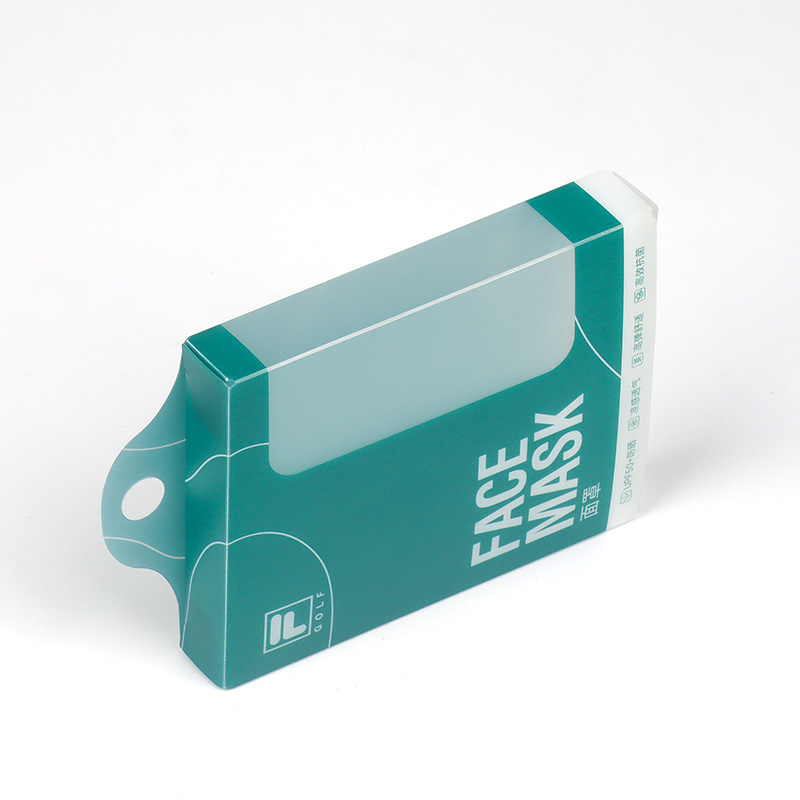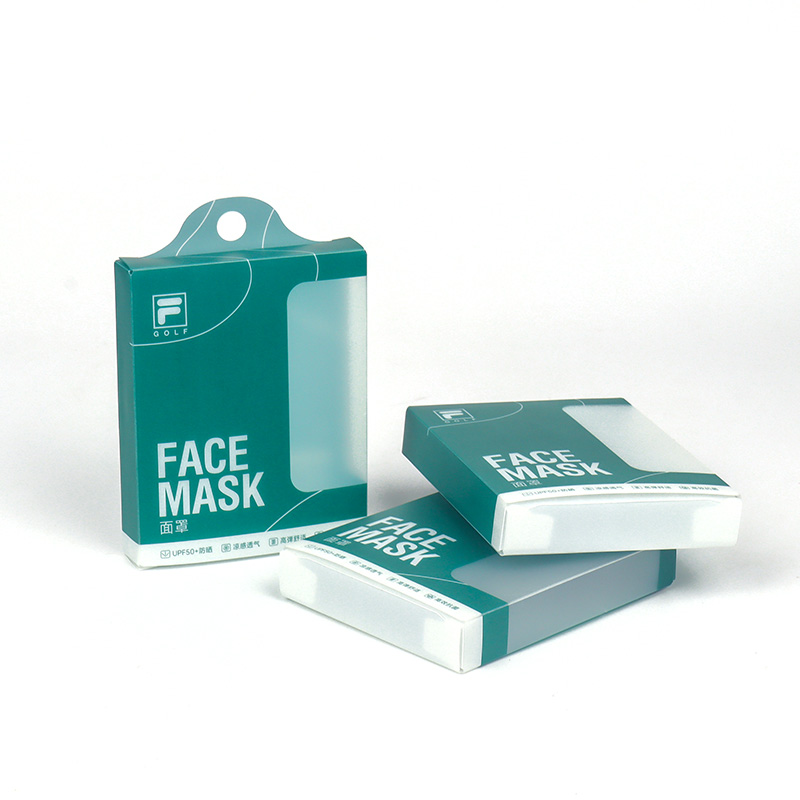Introduction to PP Blister Packaging
Blister packaging has become a staple in the world of product presentation and preservation, particularly in the pharmaceutical sector. But what exactly is PP blister packaging? PP, or polypropylene, is a type of plastic favored for its resilience and recyclability, making it an increasingly popular choice for blister packs.

Definition of PP Blister Packaging
PP blister packaging refers to the use of polypropylene material in creating individual pockets or cavities for products. This method of packaging offers a clear view of the product while protecting it from environmental factors and tampering. The term 'blister' derives from the way these packs appear: a raised, bubble-like enclosure that 'blisters' up from a backing material, usually providing a secure yet accessible housing for items such as pills, lozenges, or small consumer goods.
Traditional Blister Packaging Materials
Historically, blister packs have used a combination of plastics like PVC (polyvinyl chloride) and aluminum for their construction. The plastic forms the supportive cavity, while the aluminum, often referred to as lidding, seals the product within. This format not only protects the integrity of the contents but also ensures a measure of child resistance and senior friendliness. It's a design that has served industries well, especially pharmaceuticals, where product safety and hygiene are paramount.
Challenges with Traditional Blister Packaging
Despite their widespread usage, traditional blister packaging formats pose significant challenges when it comes to environmental sustainability. Recycling these materials can be problematic due to the complexity of separating the constituent materials — typically a mix of different types of plastic and metal layers. Such separation is essential for effective recycling, as mixed materials can contaminate the recycling stream, reducing the quality of the recycled material or rendering it unusable. With increasing global emphasis on sustainability, these challenges have spurred the industry to seek alternative solutions, such as PP-based designs that simplify the recycling process.
In this blog post, we'll explore how PP blister packaging marks a significant step towards overcoming the recycling hurdles posed by traditional blister packs. We'll delve into the innovative approach taken by companies like Südpack, which focuses on mono-material concepts that streamline the recycling process. Additionally, we will examine various types of blister packaging, discuss the inherent benefits of using PP for blister inserts, and provide compelling reasons why businesses and consumers alike should consider the recyclability of packaging in their choices.
Understanding the evolution and the challenges of traditional blister packaging sets the stage for appreciating the innovation behind PP blister packs. By addressing the recycling issues at the very root, PP blister packaging presents a promising path forward for both the industry and the environment.
Section 2: The New PP-based Recyclable Blister Concept
In a world increasingly focused on sustainability, Südpack's introduction of a new recyclable blister packaging concept is a welcome innovation in the pharmaceutical, medical goods, and life science industries. This novel approach makes use of mono-material—specifically polypropylene (PP)—to create a packaging solution that promises to tackle the recycling challenges posed by traditional blister packs.

Addressing Recycling Challenges with Mono-Material
Traditional blister packaging often combines plastic and aluminum, which complicates the recycling process due to the difficulty of separating these materials. As a result, while blister packs can technically be recycled, they typically cannot be processed through standard home recycling collections. Südpack's new concept, named PharmaGuard, is designed with recyclability at its core. By utilizing a single type of plastic, PP, the entire package becomes much easier to recycle. The company asserts that this mono-material can be integrated into existing packaging lines with minimal changes required, allowing for a smoother transition to more sustainable practices.
Benefits of Using PP-based Blister Packaging
The benefits of transitioning to PP-based blister packaging are multifaceted. Südpack's PharmaGuard touts not only improved recyclability but also resource conservation due to PP's low density and high material efficiency. Furthermore, the coextrusion process used to manufacture the top and bottom webs of the packaging ensures that the sealing functions are optimized, contributing to a high-quality packaging process. This method offers several advantages, including a broad processing window, consistent demolding behavior, and exceptional thermoforming performance.
Another notable advantage is the high transparency of the blister film. This clarity allows consumers and healthcare providers to easily view the contents, ensuring product visibility without compromising packaging integrity. Additionally, the material structures can be tailored with various barriers for enhanced product protection against moisture, oxygen, and UV rays, catering to the specific needs of different products.
A life cycle assessment conducted by Sphera further underscores the environmental benefits of using PP-based blister packaging. The results suggested that PharmaGuard could significantly reduce CO2 equivalent emissions and lower water and energy consumption when compared to other commonly used blister pack materials. This makes the switch not only an environmentally responsible choice but also a strategic business move in an era where consumers and regulatory bodies are increasingly valuing sustainability.
Moreover, adopting recyclable packaging solutions like PharmaGuard is more than just an eco-friendly decision; it is a forward-thinking investment in brand image that could provide a competitive edge in the market. Michael Hermann, Head of Research & Development at Südpack Medica, highlights that while current regulations in the pharmaceutical industry do not mandate recycling rates, companies that proactively adopt recyclable concepts are positioning themselves as leaders in sustainability.
In a broader context, innovations such as Aptar Pharma’s metal-free nasal spray pump and ALPLA Group’s polyethylene pumps for various dispensers reflect a growing trend in the packaging industry toward designs that are easier to recycle. Such developments, alongside Südpack's PharmaGuard, demonstrate a significant shift towards sustainability in packaging solutions across multiple industries.
Section 3: Types of Blister Packaging
When we talk about blister packaging, a variety of designs come to mind, each with its unique characteristics and applications. Let's delve into the different types of blister packaging and understand how they cater to the needs of various industries.
Face Seal Blister
The face seal blister is perhaps the most recognized form of blister packaging. It involves a pre-formed plastic "blister" attached to a cardboard backing, typically using a heat-seal coating. The product sits snugly within the plastic cavity and is clearly visible to the consumer. While this type of packaging is cost-effective and offers excellent product visibility, it may not provide the sturdiest protection against tampering and environmental factors. You'll frequently find face seal blisters in the retail sector, packaging anything from toys to hardware.

Full-Face Seal Blister
Similar to the face seal blister, the full-face seal blister extends the plastic blister to cover the entire front face of the cardboard backing. This method enhances the durability of the packaging and gives additional surface area for branding and information. Although slightly more expensive than the standard face seal blister, the full-face option is often used for heavier items or products that require extra security.
Full Card Blister
A full card blister takes protection and aesthetics a step further by enclosing the product between two full pieces of card stock, with the plastic blister sandwiched in-between. This type often uses a clamshell design that can be sealed on all sides or left open on one side for easier access. Its advantage lies in superior protection and a premium look, making it suitable for high-value items. However, the increased material usage does impact cost and recycling considerations.
Trapped Blister
Trapped blister packaging encases the plastic blister between two pieces of card stock, similar to the full card blister, but the plastic does not extend to the edges of the cards. The cards are typically sealed together with pressure and adhesive around the perimeter of the blister. This design reduces plastic use, which is advantageous from an environmental standpoint, but may not be as tamper-resistant as other methods. Trapped blisters are commonly seen in electronics packaging where a balance between visibility and sustainability is desired.
Clamshell
Lastly, clamshell packaging consists of a single piece of plastic that folds onto itself, creating a shell-like container. This design can be sealed or fastened with snaps, stickers, or even ultrasonic welding for added security. Clamshells offer robust protection and are reusable, which is a bonus for both retailers and consumers. They are predominantly used for high-theft items, such as electronics or pharmaceuticals, due to their tamper-evident nature.
Each type of blister packaging presents its own set of advantages and challenges. Manufacturers choose based on factors like cost, product security, visibility, and environmental impact. As consumers become more environmentally conscious, the industry is leaning towards designs like the trapped blister that balance product appeal with sustainability.
By understanding these blister packaging types, businesses can select the most appropriate packaging solution for their products, taking into consideration the value of presentation, protection, and the ever-important environmental footprint.
Benefits of PP Blister Insert
Turning our attention to the specifics of blister packaging materials, let's discuss the ideal choice for blister inserts: polypropylene (PP). PP is a versatile plastic with a myriad of uses, but it excels in the realm of packaging for several reasons. We'll explore these qualities and how they benefit both manufacturers and consumers alike.
Overview of PP as an Ideal Choice for Blister Inserts
Polypropylene, often simply called PP, is renowned for its strength, thermal resistance, and low cost – making it an excellent candidate for blister inserts. This type of plastic is less susceptible to chemical damage and changes in temperature compared to other plastics, which is crucial for the protection and longevity of the packaged products. Moreover, the economic efficiency of PP makes it a financially viable option for mass production in various industries.

Durability, Clarity, Flexibility, and Recyclability
The benefits of using PP for blister inserts are manifold. Durability is at the forefront; PP's resilience to wear and tear ensures that products reach consumers without damage. Its clarity is another significant advantage—it allows for a clear view of the product, providing visual access without the need to open the package. This is especially important in retail environments where product visibility can influence purchasing decisions. PP's flexibility can be tailored to fit snugly around products of various shapes and sizes, providing a custom feel and additional security. Lastly, PP's recyclability is perhaps its most compelling attribute in today's environmentally conscious market. Unlike traditional blister packaging materials, PP can be more easily recycled, which aligns with increasing regulatory pressures and consumer demand for sustainable packaging.
Applications of PP Blister Inserts
PP blister inserts have found their niche across multiple industries, owing to their adaptable nature. In pharmaceuticals, they are paramount in ensuring medication is protected from contamination and presented in precise dosages. The health and beauty sector appreciates PP for its ability to showcase products attractively while safeguarding them from environmental factors. Food and beverage producers rely on PP's barrier properties to maintain freshness and prolong shelf life. In electronics, the antistatic properties of PP help protect sensitive components from static charges during shipping and handling. These are just a few examples of PP's widespread use, a testament to its versatility and efficacy.
Schlussfolgerung
In the realm of packaging, every innovation brings us a step closer to a more sustainable future. This blog post has journeyed through the landscape of PP blister packaging, a domain where functionality meets environmental consciousness. As we recap the salient points discussed, we're reminded of the pivotal role packaging plays in both protecting our products and preserving our planet.
PP blister packaging has emerged as a beacon of recyclability amidst a sea of traditional packaging options. We've seen how conventional blister packs, primarily made from a combination of plastics and aluminum, pose significant challenges when it comes to recycling. The introduction of a new concept from Südpack, focusing on mono-material use, is not just a stride in innovation but a leap towards eco-friendliness. This concept directly addresses the recycling challenges by simplifying the materials involved, thus facilitating a smoother recycling process.
The benefits of using PP-based recyclable blister packaging are manifold. With its inherent features of durability, clarity, and flexibility, PP is an ideal choice for inserts in blister packaging. Moreover, PP's recyclability means that choosing such materials isn't just beneficial for the product it encases but also for the environment.
We've also delved into the various types of blister packaging available—face seal blister, full-face seal blister, full card blister, trapped blister, to name a few—each with its own set of advantages and applications across diverse industries. From pharmaceuticals to consumer electronics, each type of blister packaging ensures the safe transit and storage of products while catering to specific industry requirements.
However, the journey doesn't end here. It's one thing to understand the importance of recyclability in packaging choices, but another to put that understanding into action. This is where we must turn insight into initiative. If you're a business owner, a packaging designer, or simply someone who values sustainability, consider this your call-to-action. Explore and adopt PP-based recyclable blister packaging solutions. By doing so, you're not merely selecting a packaging option; you're making a statement—a commitment to better practices and a healthier environment.
Let's champion a circular economy where packaging life cycles are closed loops rather than linear paths leading to waste. Embrace the change, encourage others to do the same, and contribute to a greener future, starting with your packaging choices. It's time to act, to innovate, and to recycle—not tomorrow, but today.
Verwandte Produkte






















